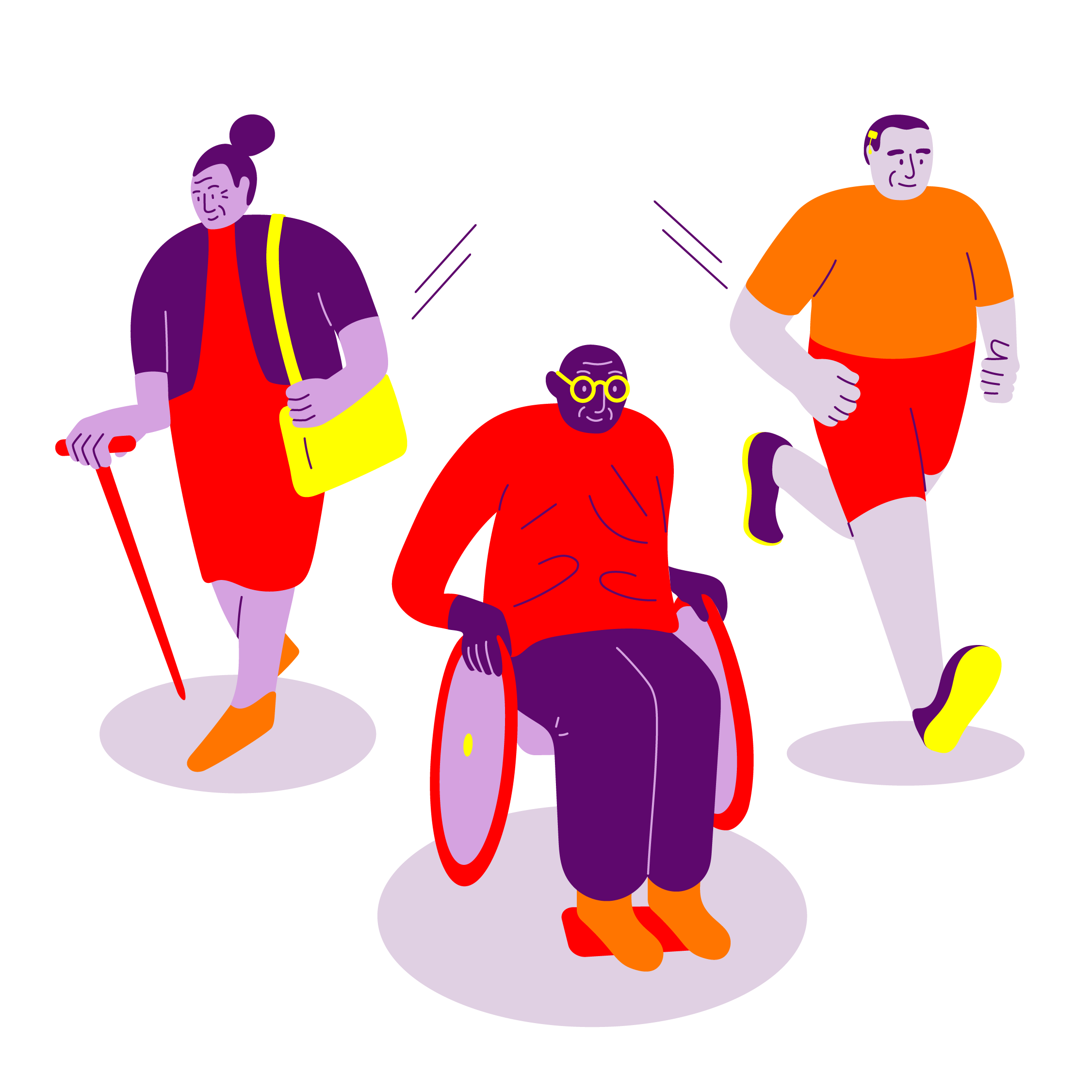Family Diversity and Inequality in Aging Societies
Unveiling Hidden Disparities in Health, Education, and Socioeconomic Outcomes
European societies are becoming more heterogeneous and more diverse due to a variety of trends, including population aging, increasing migration flows, as well as a diversification of work, care, and relationship arrangements. In many ways, these trends occur and materialize in families and social relationships, possibly changing the very nature and accepted definitions of what constitutes a ‘family’. Despite a large body of research on the causes and consequences of population aging, we know little about the causes and consequences of family diversity in aging societies, particularly concerning inequalities in health, socioeconomic, and educational outcomes.
Bridging Research Streams
The ECPD synergizes research streams and aims across two key disciplines: biomedical sciences and social sciences. Through a uniquely symbiotic and strategically aligned collaboration between these two commonly fragmented methodological approaches, the ECPD aims to conceptualize, explore, and put into practice the mechanisms connecting family diversity with health and social inequalities.






